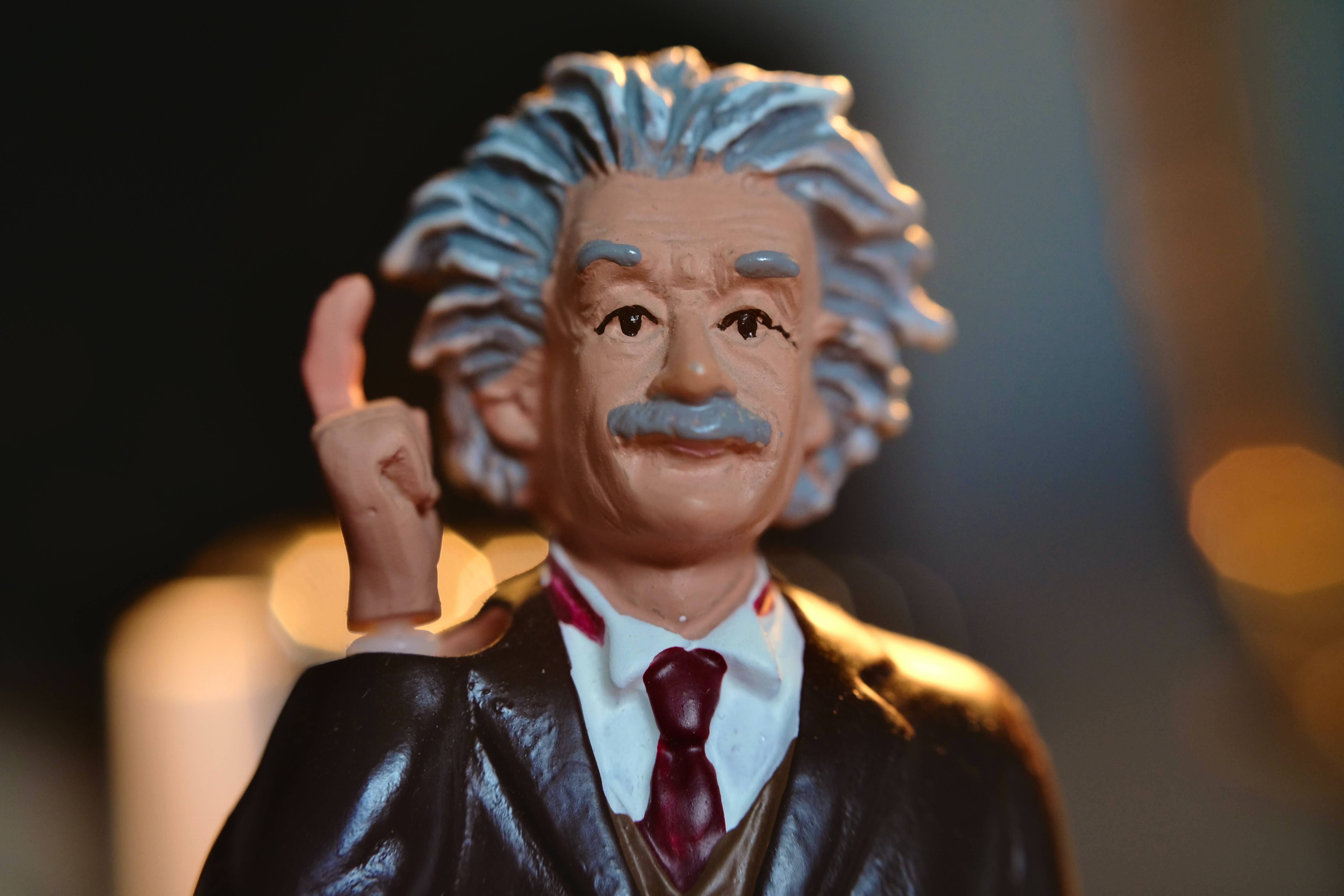VU Experts Help Understand: How Do This Year’s Physics Nobel Prize Discoveries Relate to Teleportation and Einstein?
 The second Nobel Prize was announced this afternoon. This year’s Prize in Physics was awarded to Professors Alain Aspect, John F. Clauser, and Anton Zeilinger “for their experiments with entangled photons, establishing the violation of Bell’s inequalities and pioneering quantum information science,” said the Nobel committee. According to Assoc. Prof. of quantum mechanics at the Faculty of Physics of Vilnius University (VU) Jevgenij Chmeliov, this top-ranking award has once again underlined the importance of quantum mechanics science.
The second Nobel Prize was announced this afternoon. This year’s Prize in Physics was awarded to Professors Alain Aspect, John F. Clauser, and Anton Zeilinger “for their experiments with entangled photons, establishing the violation of Bell’s inequalities and pioneering quantum information science,” said the Nobel committee. According to Assoc. Prof. of quantum mechanics at the Faculty of Physics of Vilnius University (VU) Jevgenij Chmeliov, this top-ranking award has once again underlined the importance of quantum mechanics science.
“Although quantum mechanics, as a distinct branch of physical science describing the world of microparticles, came into being at the very beginning of the 20th century, and its basic laws were mathematically formulated about a century ago, some aspects of the theory have long raised fundamental questions. One is the phenomenon of quantum entanglement,” Assoc. Prof. J. Chmeliov said.
A. Einstein called it spooky
Albert Einstein, one of the pioneers of quantum physics, called entanglement a “spooky action at a distance” because it seems to work instantaneously, even though we cannot see any obvious connection between the entangled elements.
According to Assoc. Prof. J. Chmeliov, this happens when several interacting quantum particles are “prepared” for a special shared state - for example, two electrons with zero total spin. The particles prepared in this way can then be moved very far apart to stop them from interacting directly. However, if their quantum entanglement is maintained, the states of each individual particle also remain correlated with each other.
“For example, if we make a measurement and see that one electron’s spin is upwards, we automatically know (without making a second measurement) that the other electron’s spin is downwards,” the Assoc. Prof. said.
A long-debated phenomenon
He says that while this property flows naturally from the laws of quantum mechanics, there has long been a heated debate among physicists, started by A. Einstein himself, about the completeness of the laws of quantum mechanics and the interpretation of its results, and the role of experimental measurement in the quantum world.
“On the one hand, one could argue that before the first measurement, the separate states of the two particles were already strictly defined (we just didn’t know which electron’s spin was directed which way). At the time, we couldn’t measure and describe the “hidden property” that defines them because all the laws of quantum mechanics weren’t fully established. According to another interpretation, no particle had a definite state before the measurement, i.e., its spins were both up and down at the same time, and only the experiment makes its state definite,” Assoc. Prof. J. Chmeliov said.
Predecessor - J. S. Bell
A way to distinguish which of these interpretations is correct was proposed in 1964 by Irish physicist John Stewart Bell. There is a mathematical inequality that must be satisfied by the correlations between the results of the measurements of the states of the two particles if the hypothesis of local “hidden-variables” specific to each particle is correct. This inequality was named after him. This discovery gave grounds for further experiments to test Bell’s inequality. If this inequality were confirmed, it would mean that modern quantum mechanics is incomplete. And thus, we would have to look for new laws that are not yet discovered, as Einstein suggested,” he said.
He noted that American professors J. Clauser and Stuart J. Freedman were among the first to carry out such experiments with photons in 1972. Around a decade later, a group of researchers led by the French Prof. A. Aspect joined the active research on Bell’s inequality. In a series of experiments, they found that Bell’s inequality was violable, once again confirming the fundamental laws of quantum mechanics and the uncertainty in the state of the particle that actually exists before the measurement.
The impact of quantum teleportation on future technologies
“The Austrian professor A. Zeilinger was also active in studying quantum entanglement. By studying the interactions between a pair of entangled particles and a single particle, he and his research team discovered the phenomenon known today as quantum teleportation,” Assoc. Prof. J. Chmeliov said.
The scientist points out that this is not the teleportation of a particle from one place to another as depicted in science fiction movies but the teleportation of information. In other words, “cloning” is the state of one microparticle for another. This possibility of transmitting information even over long distances without losing it has been confirmed via experiments.
“This has opened the door to another entirely new field of science, quantum information theory, which also underpins quantum cryptography methods and the working principles of quantum computing. The physicists honoured today by the Nobel Committee have made significant contributions not only to developing quantum mechanics as a fundamental science but also to developing new modern and future technologies,” the Assoc. Prof. said.